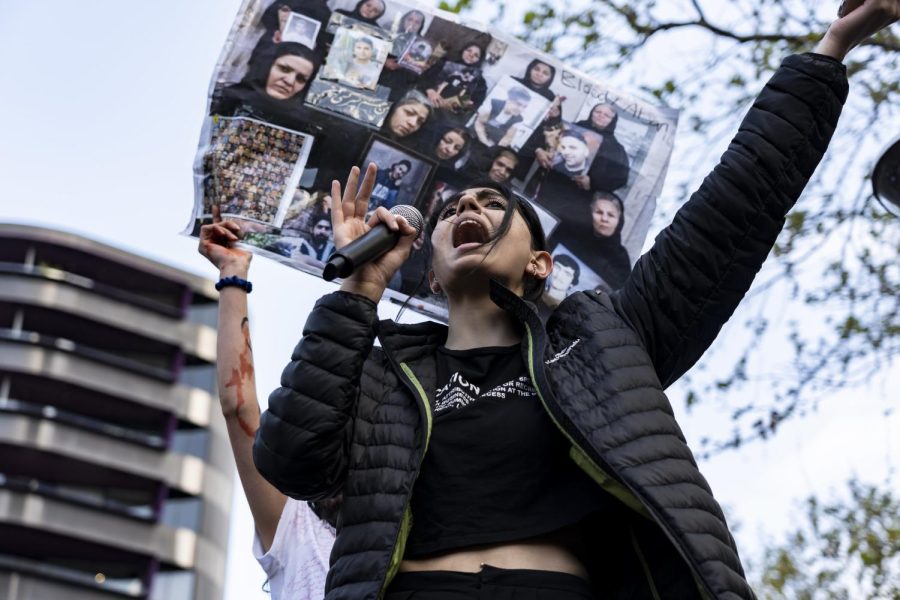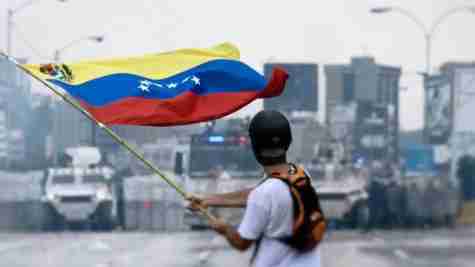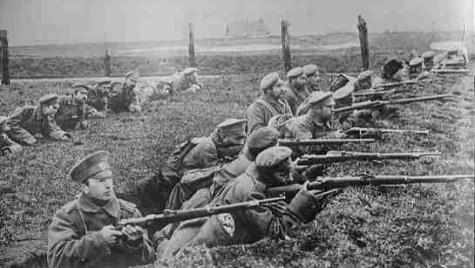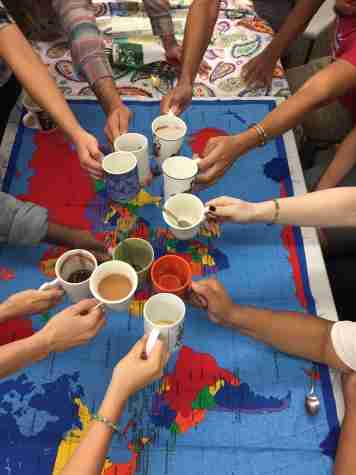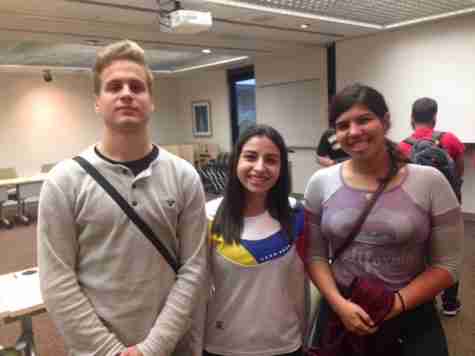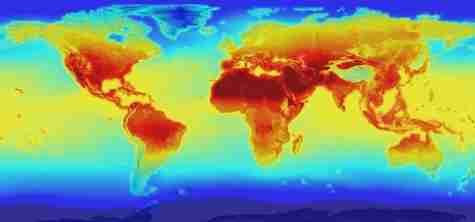History Repeats For Iran’s Women’s Rights
October 26, 2022
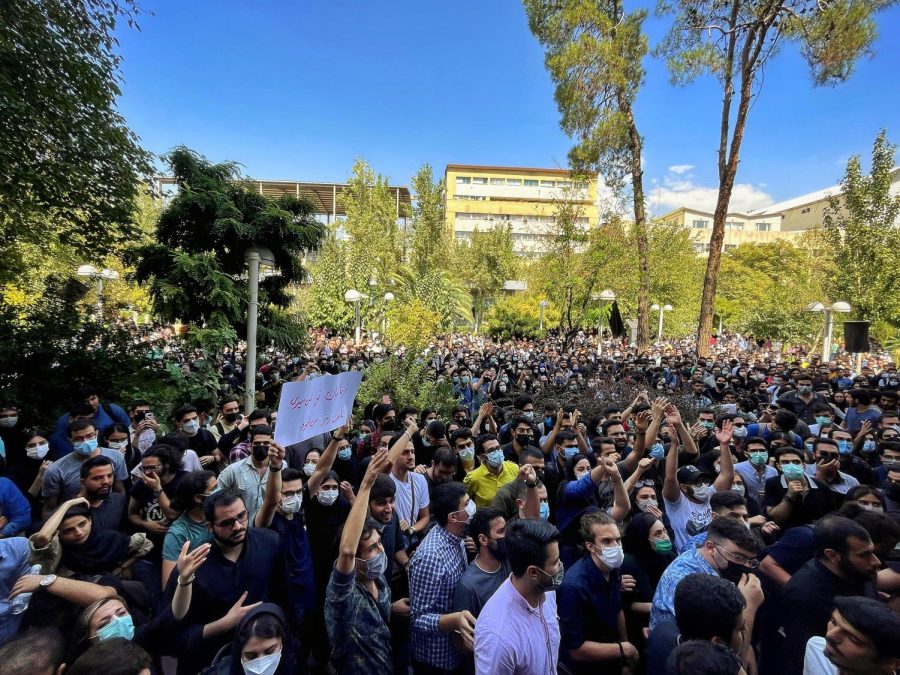
Forty years of oppression, silenced voices, and abuse has led Iranian women to protest their government. Social media buzz, protests at Tehran universities, close to one hundred women dead, Iran blocking social media platforms, numerous arrests, and prison fires has invigorated countries around the world to collectively stand with Iranian women. These actions and events has made international news across all social media platforms and news groups.
On September 16, 2022, the death of 22-year-old Mahsa Amini’s fueled the demonstrations and pleas for change. September 17, 2022, not even 24 hours later, women and residents of Amini’s hometown began to demonstrate against the “Gasht-e Ershad,” or morality police.
While recent demonstrations and protests have been encouraging greater outcry for women’s rights in Iran, the words, “Women, life, freedom” is nothing short of what women have been fighting.
Here cites the historical events of Iranian Women’s Rights issues over the last few decades:
1925: During the late 19th century was the first recorded period of women’s rights movements in Iran. This period also brought about the first shah of Iran or “The Father of Modern Iran,” Reza Shah Pahiavi. Reza loosened policies and created some change for Iranian women in society.
1936: Historically speaking, Shah’s reign only brought minor changes in the welfare of women. During this year, the “veil” was abolished, but brought many discouraged women. In the article, “Reconstructed Lives: Women and Iran’s Islamic Revolution,” writer Haleh Esfandiari is quoted stating, “My own grandmother refused to leave the house from the day the veil was abolished.” Her grandmother was part of an upper class that could afford and facilitate to hide away. She continues saying, “Ordinary women who did not have that choice were forced to abandon the veil and go in the streets feeling humiliated and exposed.”

1941-1959: Reza’s son Mohammed Reza Pahliavi, or “The Shah of Iran,” began his rule. The first twenty years of his reign served assistance towards the issues of Iranian women.
1960-1977: Beginning of the sixties, the Shah integrated his power and recognized that projecting women’s rights as progressive was a smart political move. Iranian women jumped at this opportunity. By 1963, voting rights were given to women as well as the right to run for the Iranian council. Further along, free education for men and women was introduced.
1978: By the end of the seventies, twenty-two women sat in council, around two million women were in the work force, and a third of students in universities were women. This was the last year Iranian women saw change.
1979: The revolution in Iran sparked political issues for women’s rights. At first, women gave their support to Ayatollah Khomeini as they had high expectations that he would follow through with progress. A barrage of women crowded the streets expressing their cries for the monarchy to be dismantled and for an Islamic Republic to be instated. Women had ideas that an Islamic Republic would pilot its way to absolute equality and rid the complications Iranian women faced. Driven by a dream, nobody truly listened to what Khomeini’s message was. He spoke of a suited role for women in Iran under an Islamic framework. Stated by Esfandiari, “Nobody bothered in those days to ask, ‘what is the Islamic framework?’.”
To understand democracy, liberty, and freedom, you must acknowledge truth and choice most of all. Taken from George Liston Seay, Woodrow Wilson Center’s radio program “Dialogue” host and producer;
“You have made a striking point about democracy, about liberty. Choice was lost, and choice is essential to freedom.”
